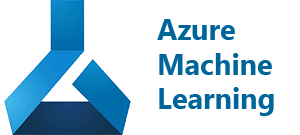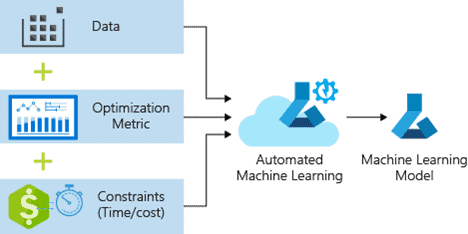Boosting Construction Bid Success with Smartbridge’s Data-Driven Enterprise AI Solutions
Smartbridge helped a large construction company increase their chances of winning construction bids by leveraging data-driven AI solutions. By predicting the likelihood of winning future bids and explaining the reasoning behind these predictions, the company was able to improve their bidding process and increase their success rate in a highly competitive industry.
Client
Our client is a large construction company that handles thousands of projects each year across the United States. The company works in a variety of industries, including technology, government, and healthcare and many of their project types include offices, data centers, and medical facilities. A company with such scale and diversity has an abundance of data that can be used for better decision-making.
Business Opportunity
The client needed help with developing a digital solution to win their construction bids. They wanted to predict the likelihood of winning future construction project proposal submissions.
Objective
Bidding involves the submission of a proposal by a construction firm to prospective clients or project owners with the goal of winning the contract to manage the construction of a structure. Due to the highly competitive nature of the industry, contractors typically only win 1 out of every 6 bids they submit. This means that the time and resources spent on preparing and submitting unsuccessful bids could be better used for managing their business and successfully completing the projects they do win.
Our client has identified an opportunity to improve their bidding process by leveraging data from past bids. Currently, their bidding preparation and estimation of winning chances rely heavily on the experience of human personnel which can be time-consuming and may be lost when experienced staff members leave the company.
By using data-driven methods to predict the chances of winning future bids and explain the reasoning behind these predictions, the client hopes to improve their bids and increase their success rate. This will enable them to better allocate their resources and maximize their profitability in a competitive market.
Key Challenges
Despite having the necessary in-house expertise and capabilities for developing machine learning projects, the main challenge for the project lies in the limited resources available for maintaining the entire lifecycle of the machine learning project on an enterprise level and ensuring that the end users always get the predictions and insights from the most up-to-date data.
The project faced several challenges, including the limited resources available for maintaining the enterprise machine learning lifecycle. This included:
Additionally, resources were limited for deploying the machine learning models, especially with respect to creating an interactive user interface for predictive models. A further challenge was the need to provide explanations for the machine learning prediction results in order to make the insights more actionable. Finally, the large quantity of messy data, which needed to be cleaned before it could be used effectively, presented another obstacle. Despite these challenges, the project was successfully completed, with the team finding creative solutions to address each of these issues.
The Smartbridge Solution
We recognize that listening to our customers and leveraging their expertise is critical to their success. Therefore, we developed model explanation algorithms to ascertain the influence of data on the predictive results, enabling users to pinpoint which features are having a negative effect on their winning chances. Enhancing transparency in predictive results also helps to earn the trust of those using AI.
Additionally, we worked with our client to utilize their subject matter expertise to identify pertinent data which helped us design the data preparation pipeline that thoroughly cleanses and refines the raw data and transforms it into a form that is optimized for ML model training and computing resources.
Our Tools and Methodology
We provided Azure Machine Learning as the tool to scale up the data science workflow from a pilot study to a production level and then used the Azure ecosystem as the deployment solution. Azure Machine Learning is an enterprise-grade service for the end-to-end machine learning lifecycle. It provides the following capabilities for data scientists:


By utilizing MLOps (Machine Learning Operations), organizations are freed from laborious, low-level engineering and infrastructure tasks that are necessary to construct and operate machine learning models in a production environment. This substantially decreases the effort of MLOps, allowing it to be managed by the data scientist alone. Additionally, implementing MLOps encourages the data science and software engineering sectors to collaborate in order to produce a system that is ready to deploy.
An overview of the machine learning lifecycle
With Azure, we can ensure that every component is integrated into a unified system, connections are smooth and secure, and computing power and availability is optimized. There is no need to hire an architect with expertise in various systems, which drastically cuts down the deployment effort and bolsters the data scientists’ and engineers’ collaboration.
Extending the Solution
By leveraging the Azure machine learning MLOps platform, it is possible to quickly develop and implement new AI ideas using the same pipeline structure. This unified pipeline structure makes it easier to develop and deploy machine learning models. In addition, the platform also provides a comprehensive set of tools and services to simplify the development and implementation of machine learning models.
There’s more to explore at Smartbridge.com!
Sign up to be notified when we publish articles, news, videos and more!
Other ways to
follow us:



